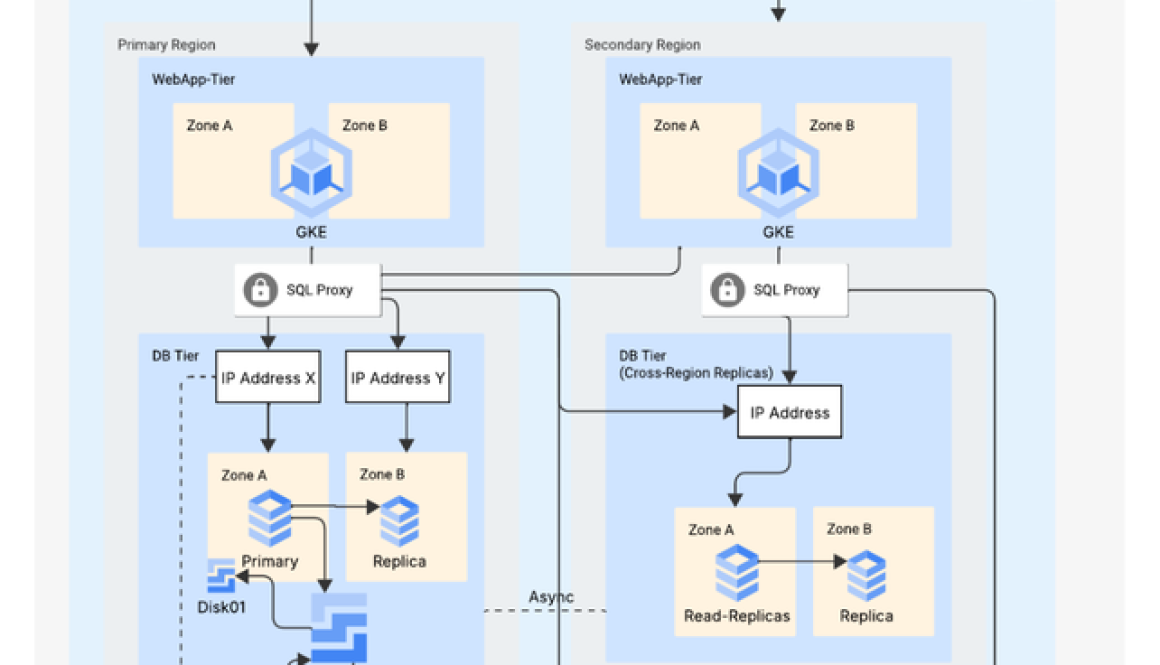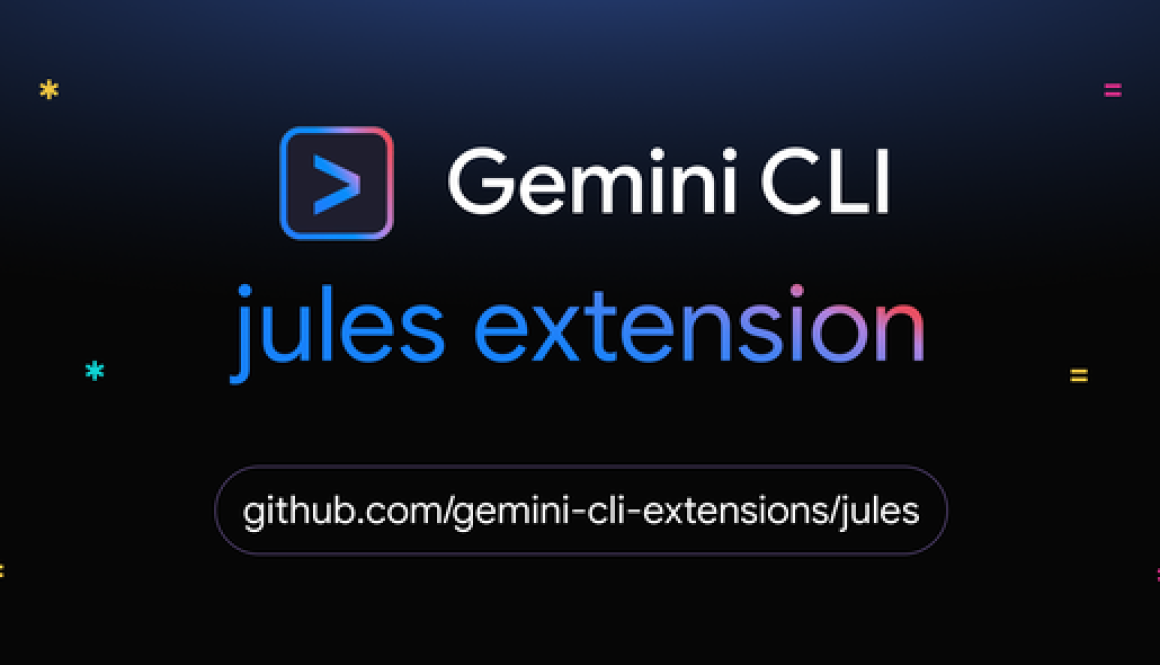AWS – Amazon WorkSpaces announces USB redirection support for DCV WorkSpaces
AWS announces USB redirection support for WorkSpaces running Amazon DCV protocol, enabling users to access locally connected USB devices from their virtual desktop environments. With this feature, customers can now connect a wide range of USB peripherals to their virtual desktops, including credit card readers, 3D mice, and other specialized devices.
USB redirection addresses the need for direct access to USB devices that require specialized drivers or lack dedicated protocols. This capability is currently limited to WorkSpaces Personal with Windows desktops accessed from Windows client devices. Performance and device compatibility may vary, so testing with your specific USB peripherals is recommended before adding them to the allowlist.
This feature is available in all AWS Regions where Amazon WorkSpaces is offered.
For more information about USB redirection in Amazon WorkSpaces, see USB Redirection for DCV in the Amazon WorkSpaces Administration Guide, or visit the Amazon WorkSpaces page to learn more about virtual desktop solutions from AWS.
Read More for the details.







